|
Not long ago, a client approached me about developing a commercial building on a lot in Frisco. It had some tricky zoning which required a manner of density and building systems that my client ultimately did not have the budget for. Hence, the project never went forward. Too bad really, small live/work buildings have emerged as a valuable asset to the urban core, reshaping the way we perceive urban living and working. These versatile structures blend residential and commercial spaces within a compact footprint, offering a range of benefits to both occupants and the surrounding community. Small live/work buildings contribute to the vibrancy, efficiency, and sustainability of the urban core, fostering a thriving ecosystem of creativity, entrepreneurship, and community engagement. PROMOTING ECONOMIC VITALITY: Small live/work buildings play a pivotal role in driving economic vitality within the urban core. By integrating residential and commercial spaces, they provide a conducive environment for entrepreneurs, artists, and small business owners to live and work under one roof. This co-location eliminates the need for a separate office or studio, reducing costs and enhancing productivity. The close proximity of living and working spaces fosters a stronger work-life balance, enabling individuals to pursue their passions while minimizing commuting time and expenses. FOSTERING CREATIVITY AND INNOVATION: The compact nature of small live/work buildings creates an environment that promotes collaboration, interaction, and the exchange of ideas. The presence of diverse professionals, such as artists, designers, and tech entrepreneurs, within a shared space cultivates a rich and dynamic ecosystem of creativity and innovation. Informal networking, impromptu collaborations, and interdisciplinary problem-solving thrive in such environments, often leading to the birth of novel ideas and projects. This creative energy spills over into the broader urban core, contributing to a vibrant and culturally rich community. ENHANCING URBAN DENSITY & SUSTAINABILITY: Small live/work buildings offer a sustainable solution to urban density challenges by efficiently utilizing limited space within the urban core. These buildings maximize land use by vertically integrating residential and commercial functions, minimizing the need for sprawling developments. By concentrating living and working spaces in close proximity, small live/work buildings reduce the carbon footprint associated with commuting, as residents can walk or use alternative modes of transportation to reach their workplaces. This compact and sustainable living model contributes to the overall environmental resilience and resource efficiency of the urban core. REVITALIZING NEIGHBORHOODS & COMMUNITY ENGAGEMENT: Small live/work buildings have the potential to revitalize underutilized or neglected areas within the urban core. By attracting creative professionals, entrepreneurs, and artists, these buildings inject vitality, diversity, and economic activity into previously overlooked neighborhoods. As residents actively engage with the local community, they contribute to the development of local businesses, cultural initiatives, and social connections. The result is a sense of place, identity, and community pride, transforming the urban core into a thriving, inclusive, and livable neighborhood. Small live/work buildings have emerged as a valuable asset to the urban core, enhancing its vitality, creativity, sustainability, and community engagement. By seamlessly integrating living and working spaces, these buildings promote economic activity, nurture innovation, optimize land use, and contribute to the revitalization of neighborhoods. As cities continue to evolve and adapt to the changing needs of their inhabitants, embracing the potential of small live/work buildings can unlock new opportunities and reimagine the urban landscape as a more interconnected and prosperous space.
I'm sure you've seen some really fancy, grand ideas of how to revitalize a sleepy neighborhood that has seen better days. The solution often comes with a hefty price tag that keeps the execution out of reach. For this little exercise, we new we had to keep things simple & keep improvements to the level of a can of paint and some twinkle lights. Baby steps. This particular area is tough as it is divided by a four lane highway. Still we kept to the easy first steps & concentrated on adding vibrance, places to gather & a clear walkable sidewalks. Ideally, we can add density to the area by adding residential to the south of the highway with vital retail to support it to the north side. Taking these first small steps will add momentum to revitalize businesses in the future to add to the urban fabric. This was a fun exercise I did at the end of last year. You may recognize the building. This is the addition we designed a few years back. The two buildings were built to infill the giant hole left when the anchor tenant grocery store backed out while the rest of the center was built in the 80s. Completed at the end of 2021, Fresenius Kidney Care moved into the medical space right away. The retail space remains empty.
This exercise was obviously done to entice a tenant. The first illustration shows how we can add two drive-up ATMs at the front of the shopping center next to the soon-to-be-improved pole sign. The other two renderings illustrate the location & size of possible building signage. It also shows how we can modify the storefront to accommodate the walk-up ATM.  fol·ly ˈfälē noun
Did you read that? That second definition..."a costly ornamental building with no purpose". Ouch. I suppose my definition of a folly is much more forgiving and broad. I've always seen a folly as a hidden jewel of a structure. Something obviously foreign in its environment but something that enhances its surroundings just the same. When done right, it offers refuge and peace. In college, I was fortunate enough to spend a year in Stuttgart, Germany on a year-long study abroad trip. Different than my husband's own experience where he traveled with his UTA professors and classmates, I was shipped off with a handful of other KU students from all different studies. I was one of just a handful of architectural students. The abundant weekends and vacations allowed for numerous trips around Europe, though without a professor, it was up to me to discover the architectural wonders, both modern and historic. The photos above are from my trip to Paris. Forgive the quality...these are actually photos of prints -imagine the day before digital cameras or even mobile phones. This is Parc de la Villette in NE Paris. It was designed by Bernard Tschumi, one of my favorite architects back in the day. There are thirty-five follies throughout the park, placed on a grid, offering organization and points of reference. Over the years, I've referenced this park and its red buildings set against the greenery of the gardens...not to mention all the cultural buildings and pedestrian bridges. Here is my idea of a folly: a functional yet flexible space using simple materials. Though alien looking set in this natural setting, the shape is actually derived from nature: the coil of the snail's shell. The small scale of the two-room footprint lends itself to simple functions: a studio, an afternoon retreat, or an isolated band room. The beauty is realized by its placement among a lush forest or perhaps the exact opposite, a rolling prairie.
Speaking again of repurposing warehouses, here is one which Bart and I have had a crush on for what seems like a year. This photo was taken before the fire. From what we can tell, it's been burned out and boarded up since the late nineties--it needs some serious attention. However, the fact that it's in our neighborhood and the perfect size for Bart's shop, we find it very attractive. I can imagine ten years from now Hank riding his bike over to his dad's shop for his after school job. How cute would that be, right?
In the past year, Bart and I have had our eyes open for a building to purchase to house his shop, office, as well as a small gallery and preferably a tenant space to rent. We've spent countless hours going up and down our neighborhood in Oak Cliff [because who wouldn't want to bike to work] as well as all throughout the Dallas Design District and neighboring Riverfront area. No solid luck so far but it'll happen. One day. Even if we must win the Lottery first. An unexpected side effect of the search is that I've come to love the nondescript warehouses along Irving Boulevard. What used to be shabby, rundown buildings to me, I now see in a new light: well designed, functional, beautifully executed buildings of simple means. From the research I've done, the large majority of these buildings were built in the 1950s. Most have brick facades trimmed with stone. Today's developer would simply utilize tilt wall construction or simply expansive metal buildings as an inexpensive means to an end. Unfortunate, isn't it?
|
Archives
March 2024
Categories
All
|

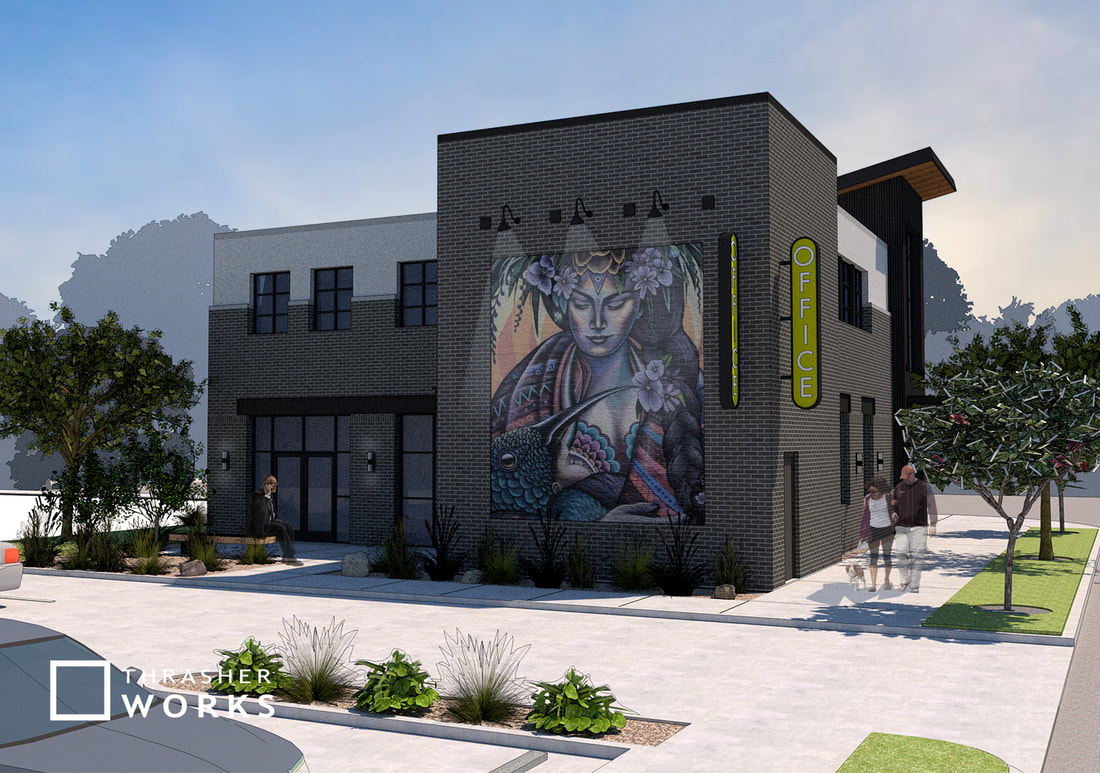
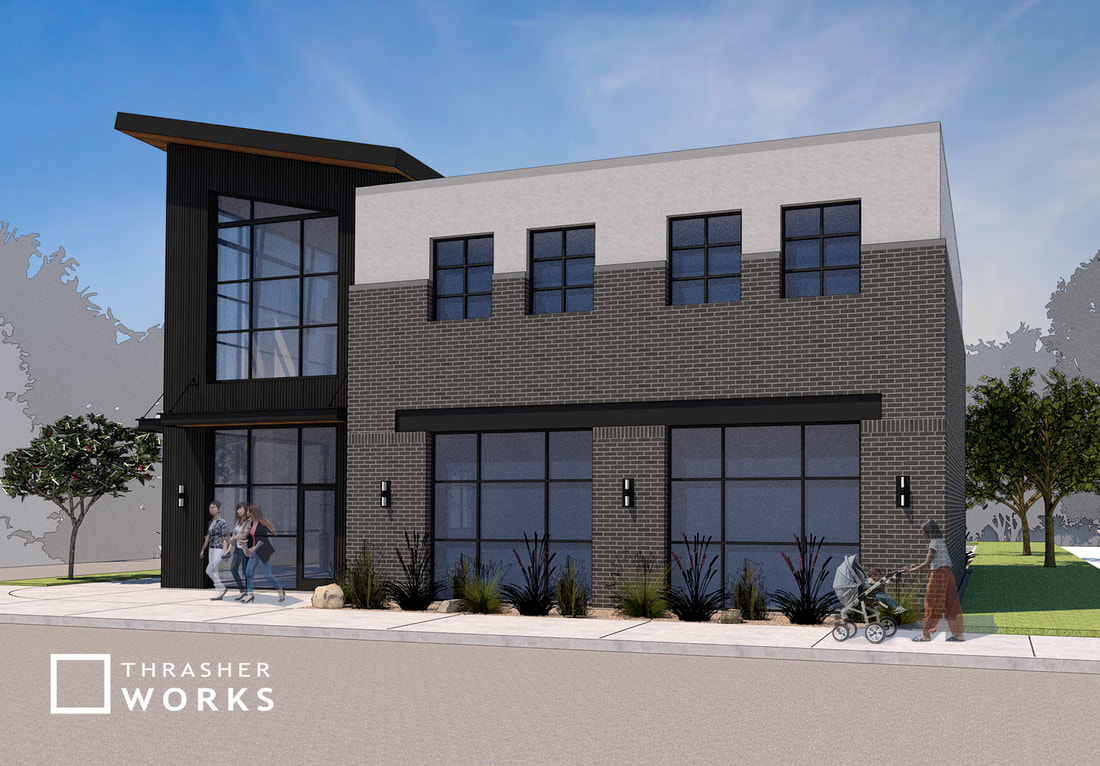
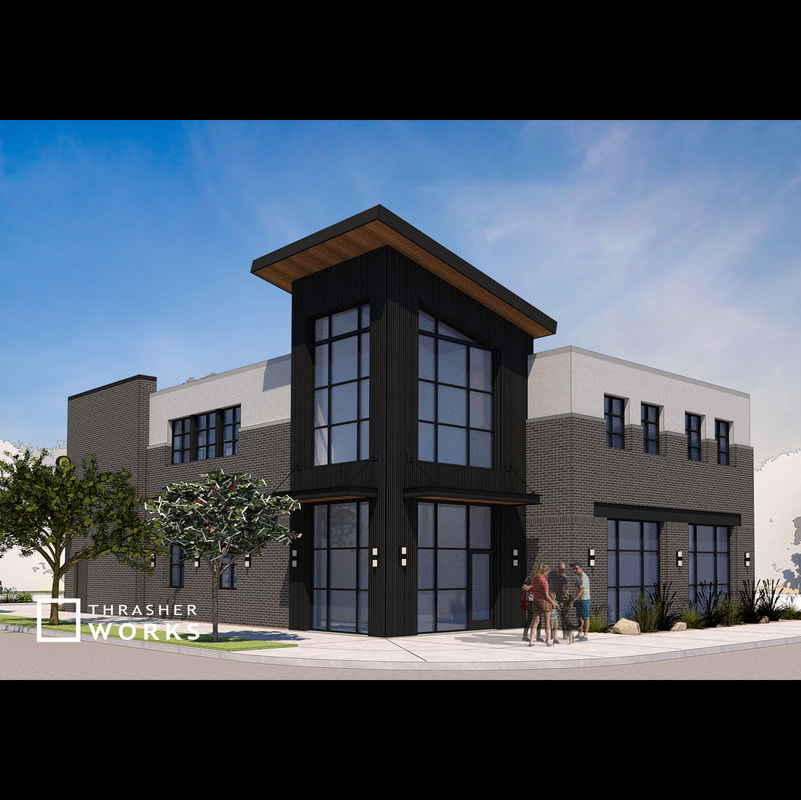
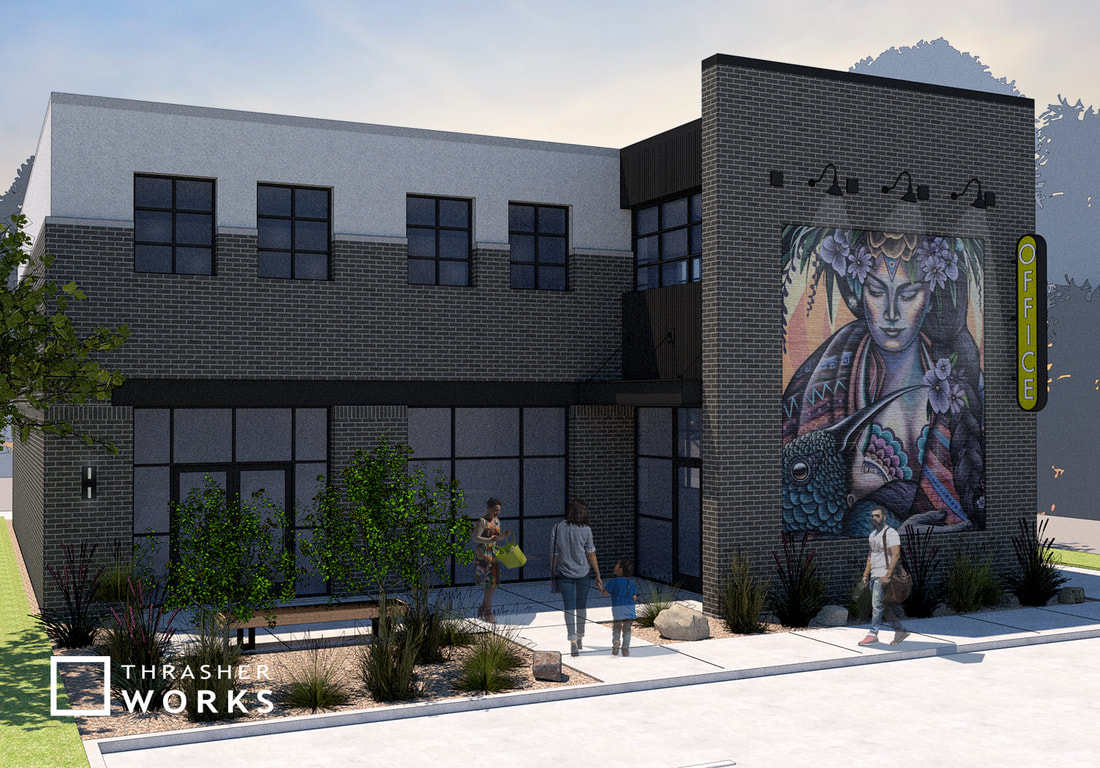
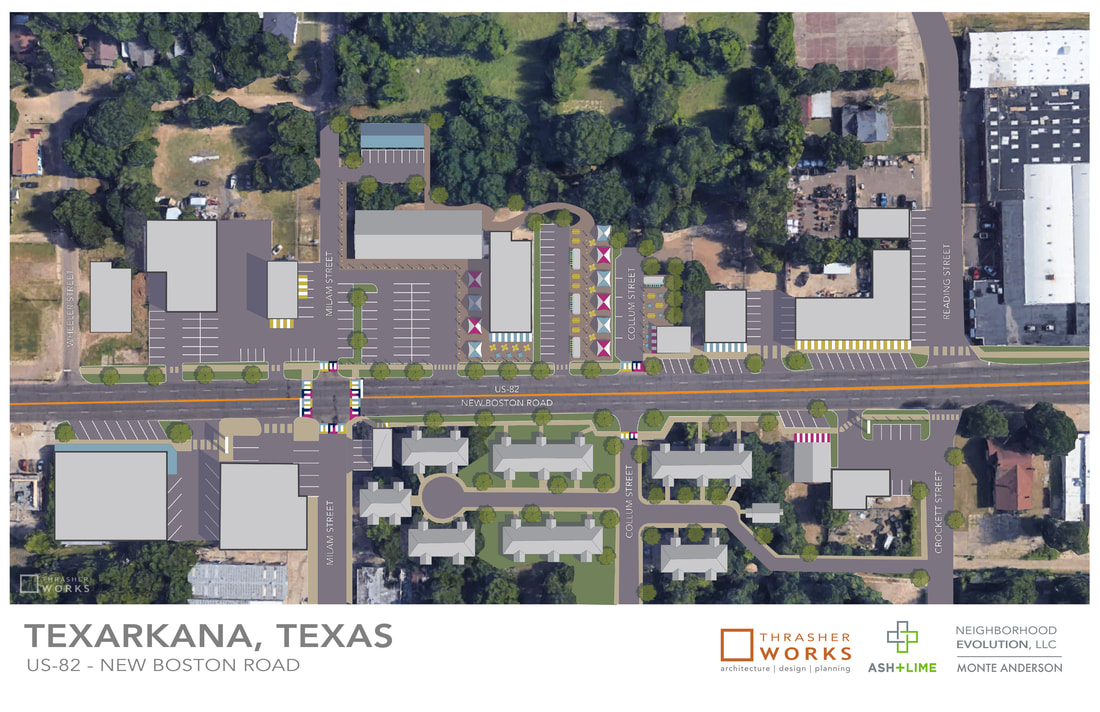
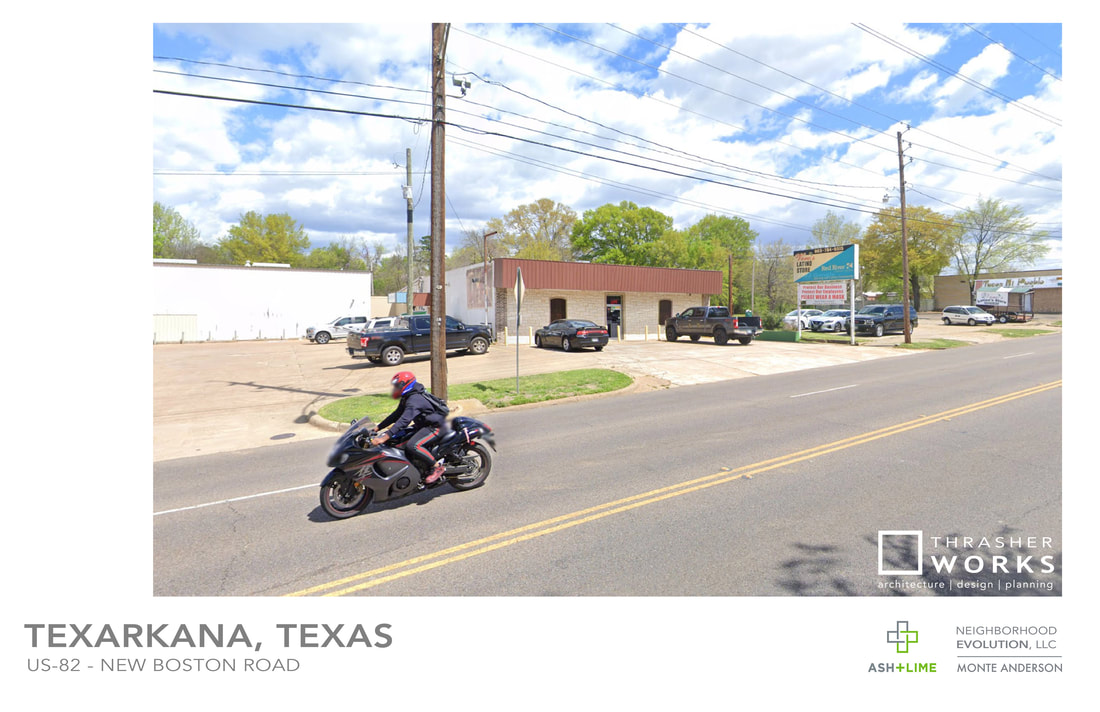
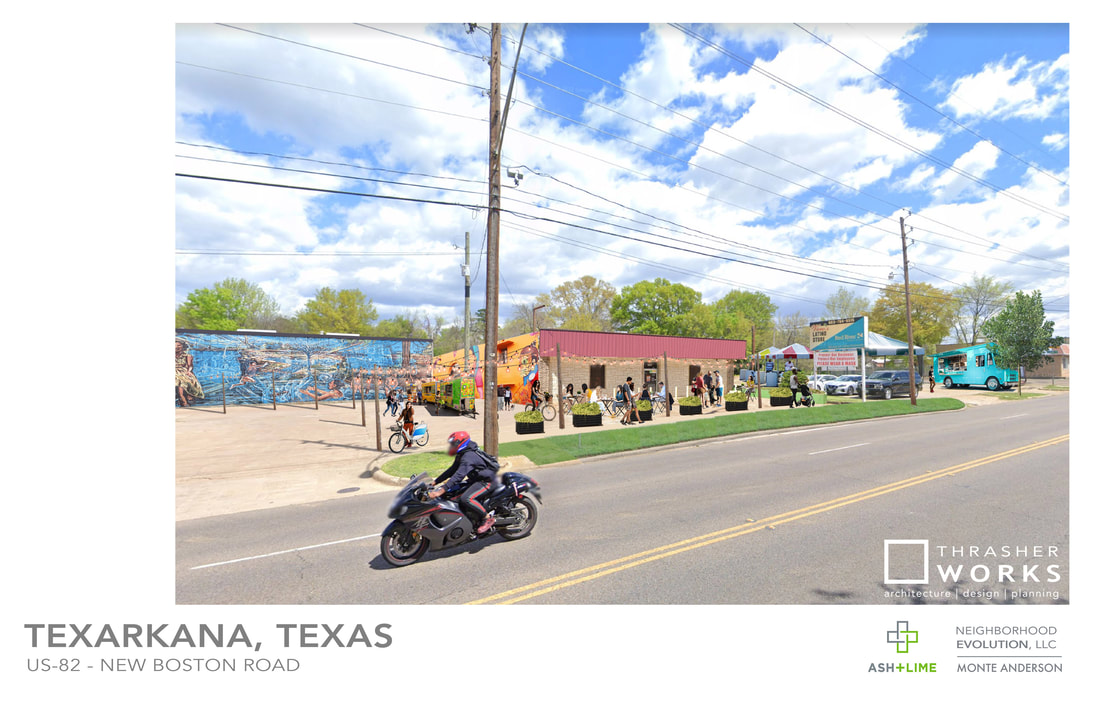
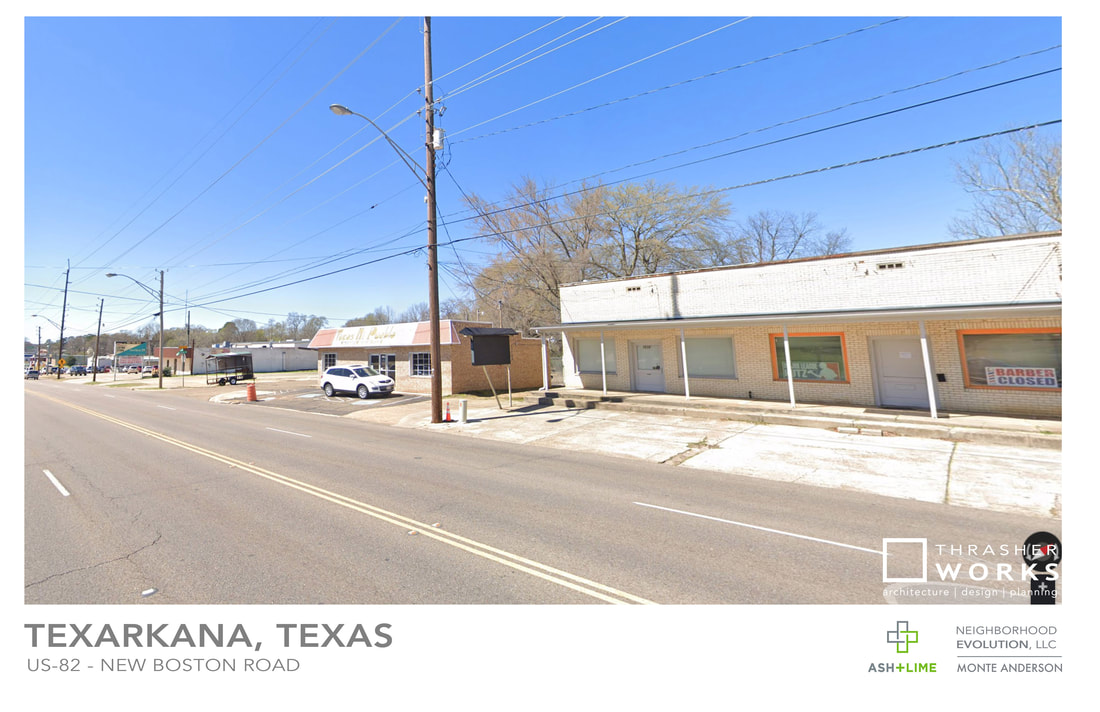
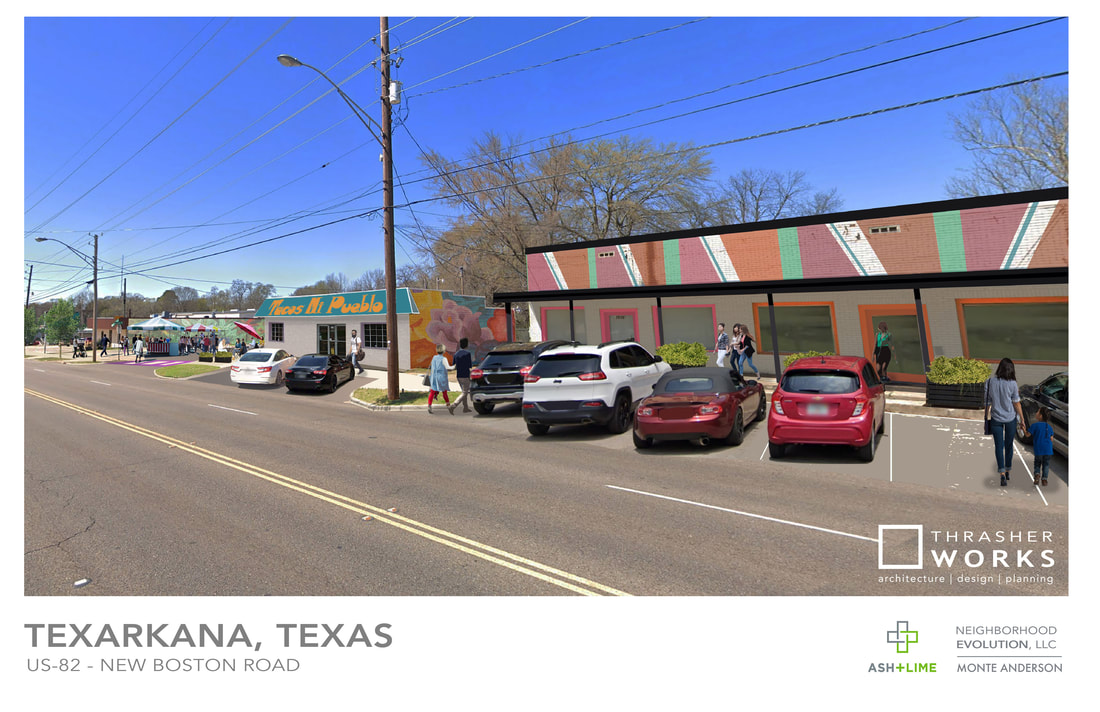
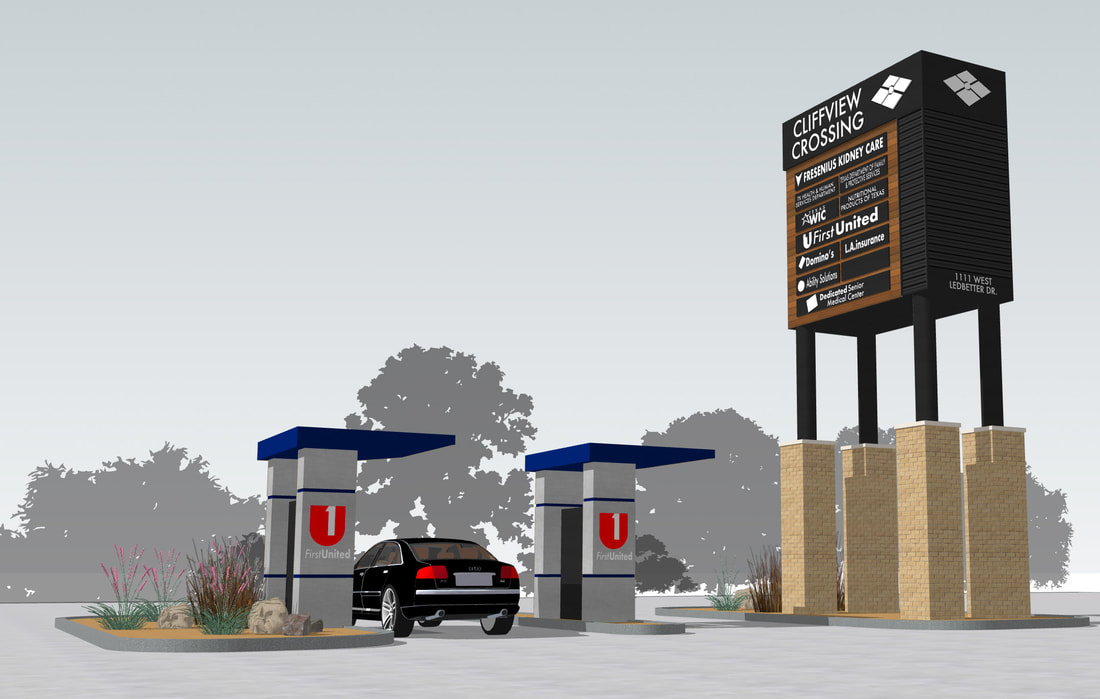
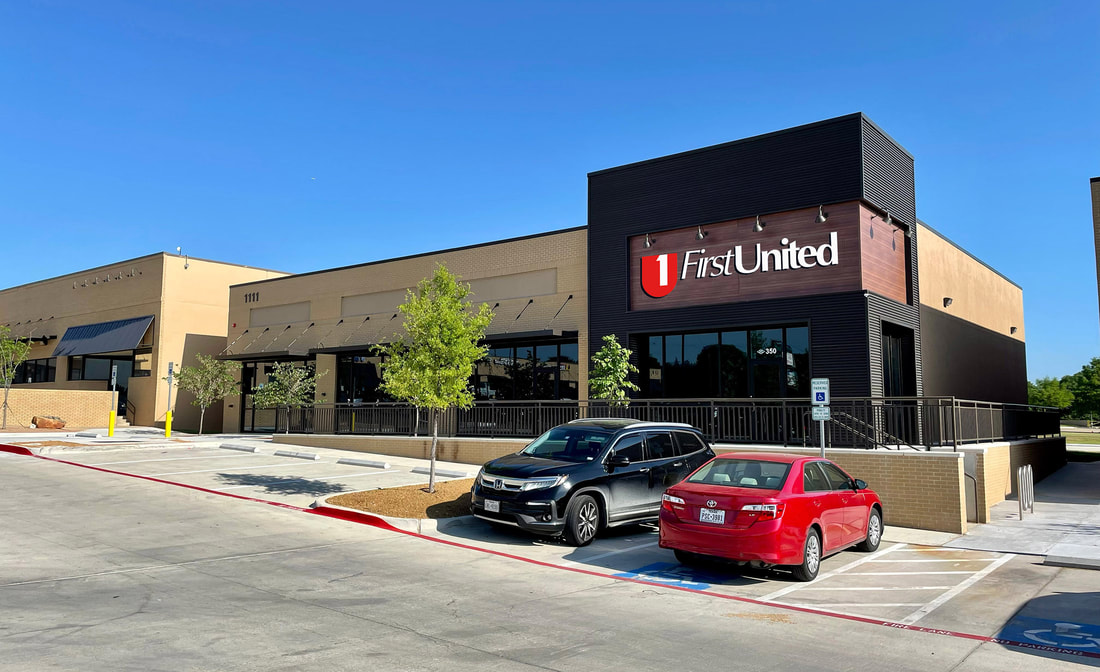
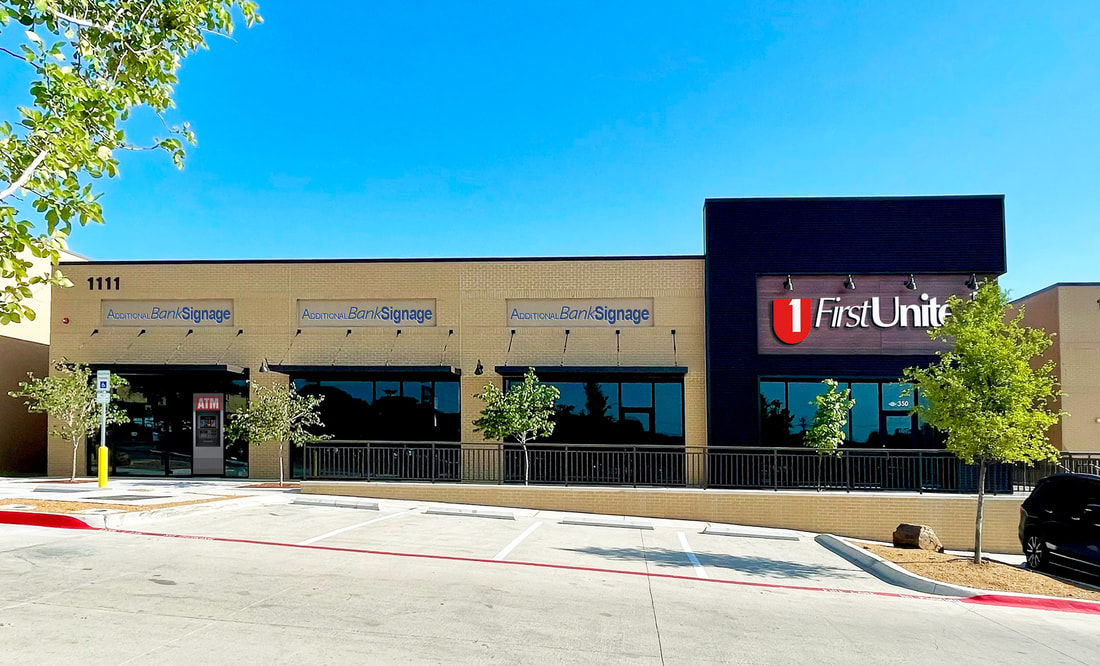
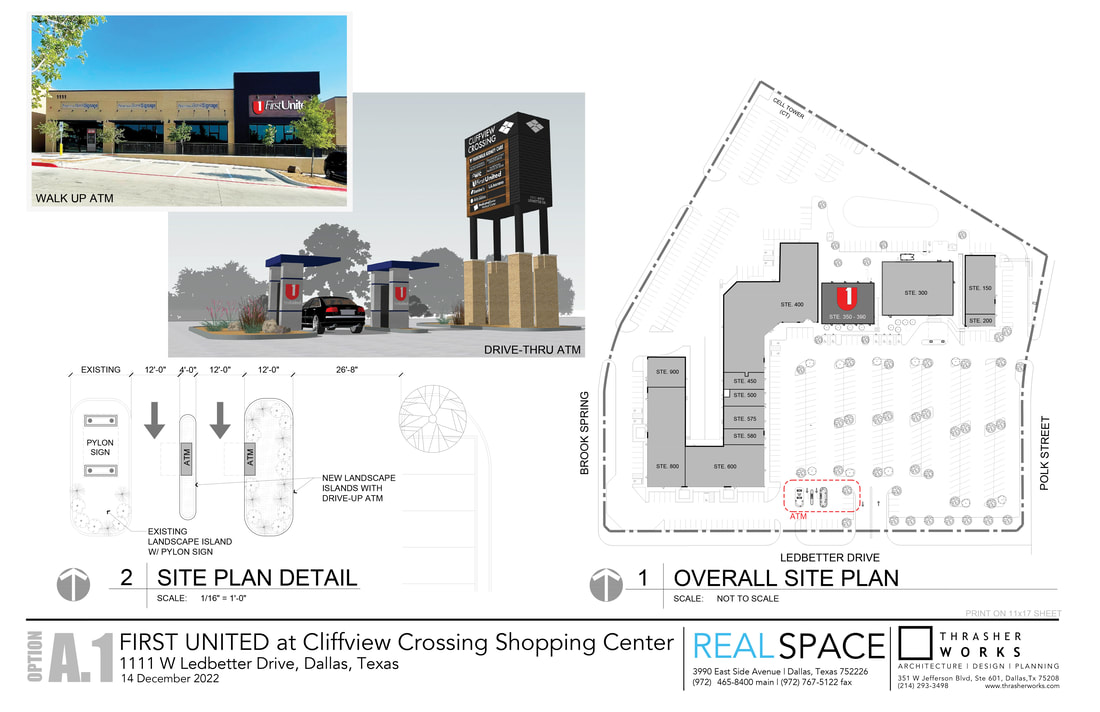

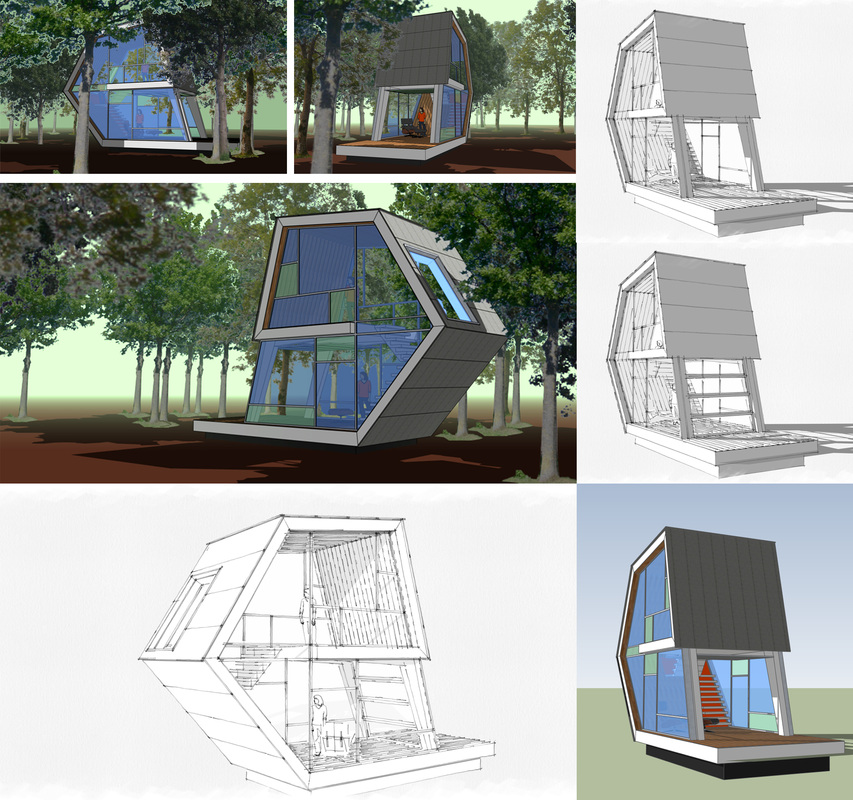
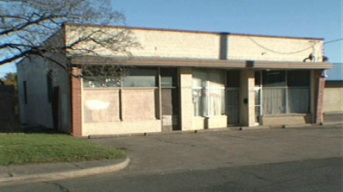

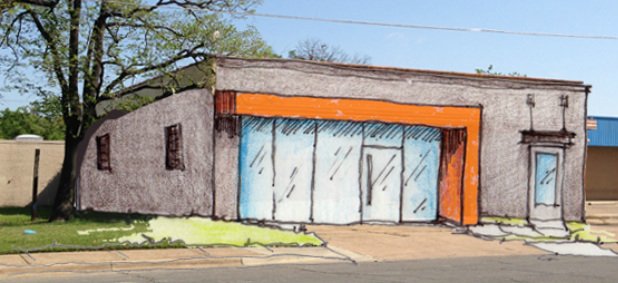


 RSS Feed
RSS Feed
